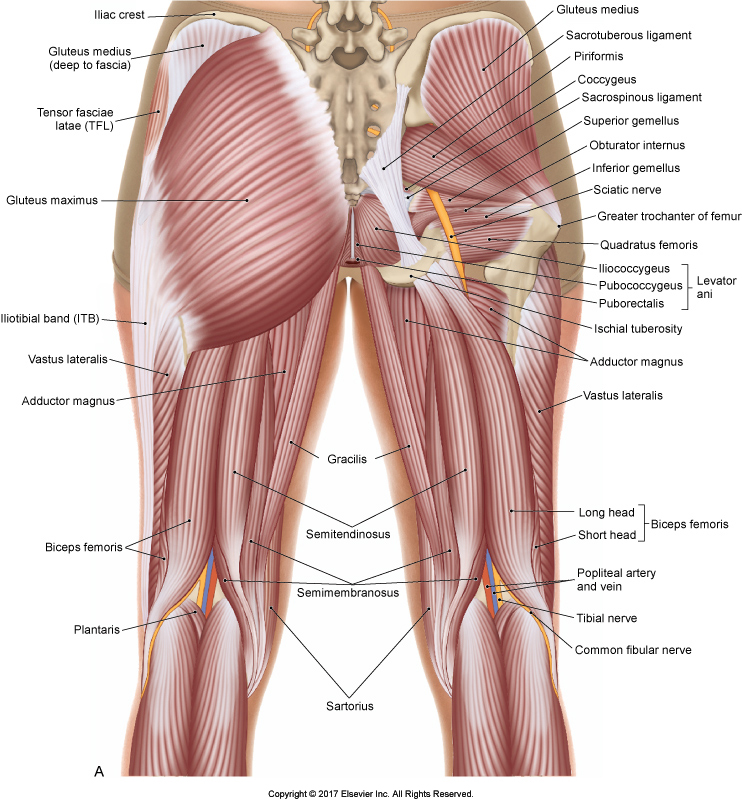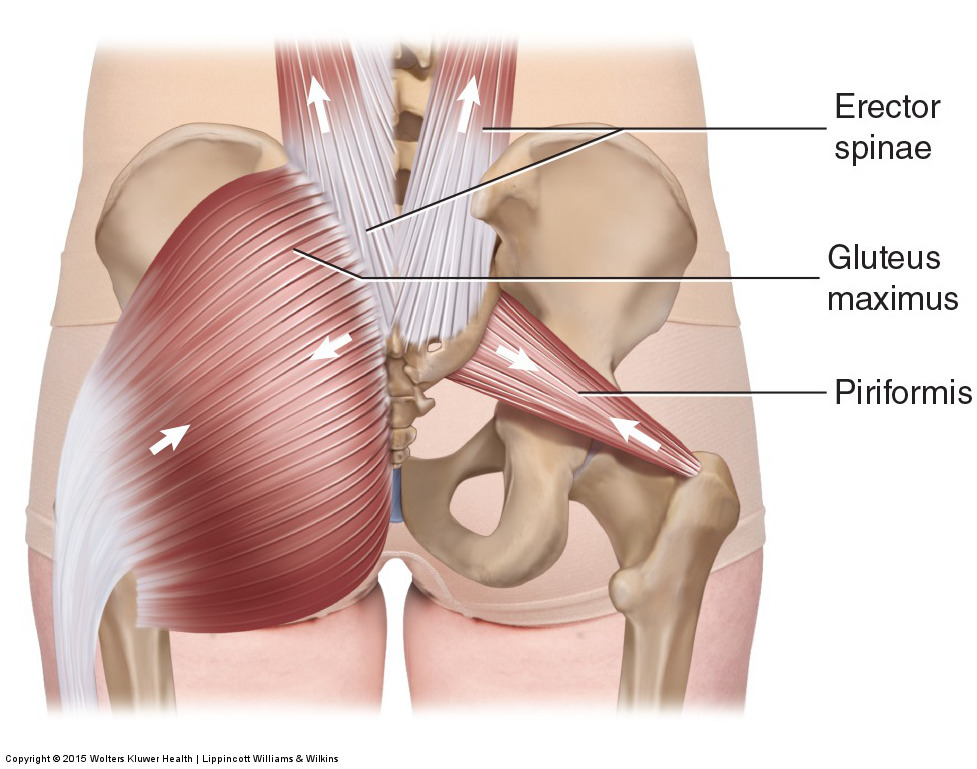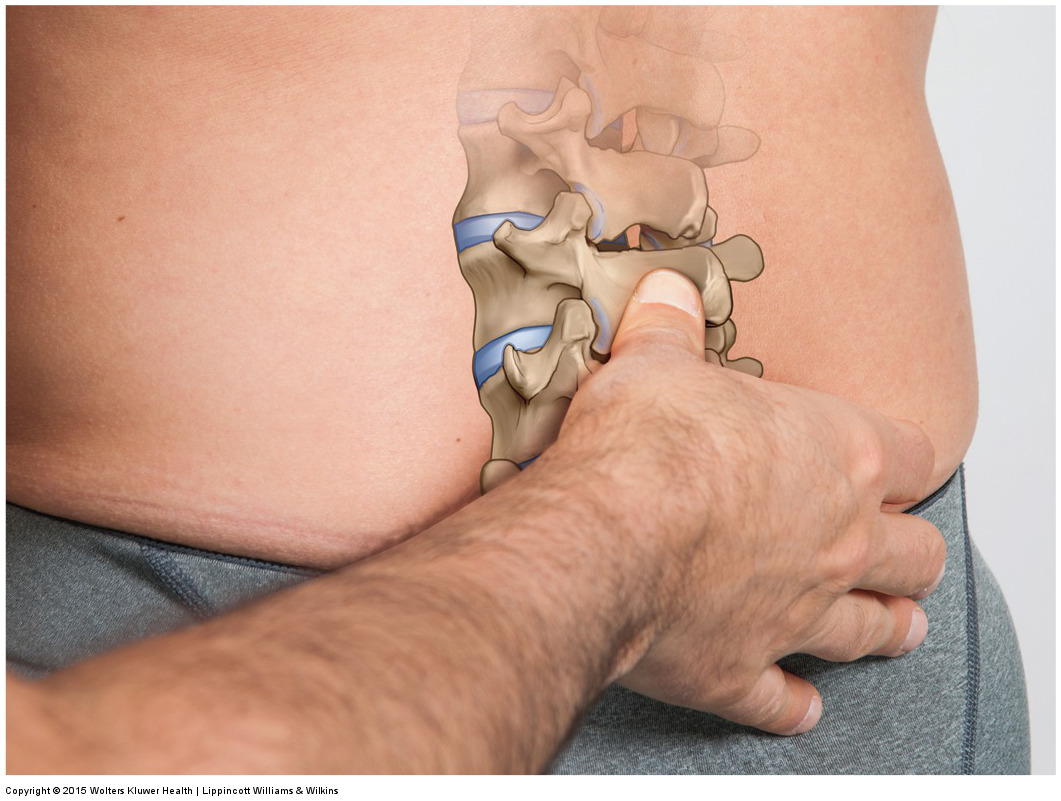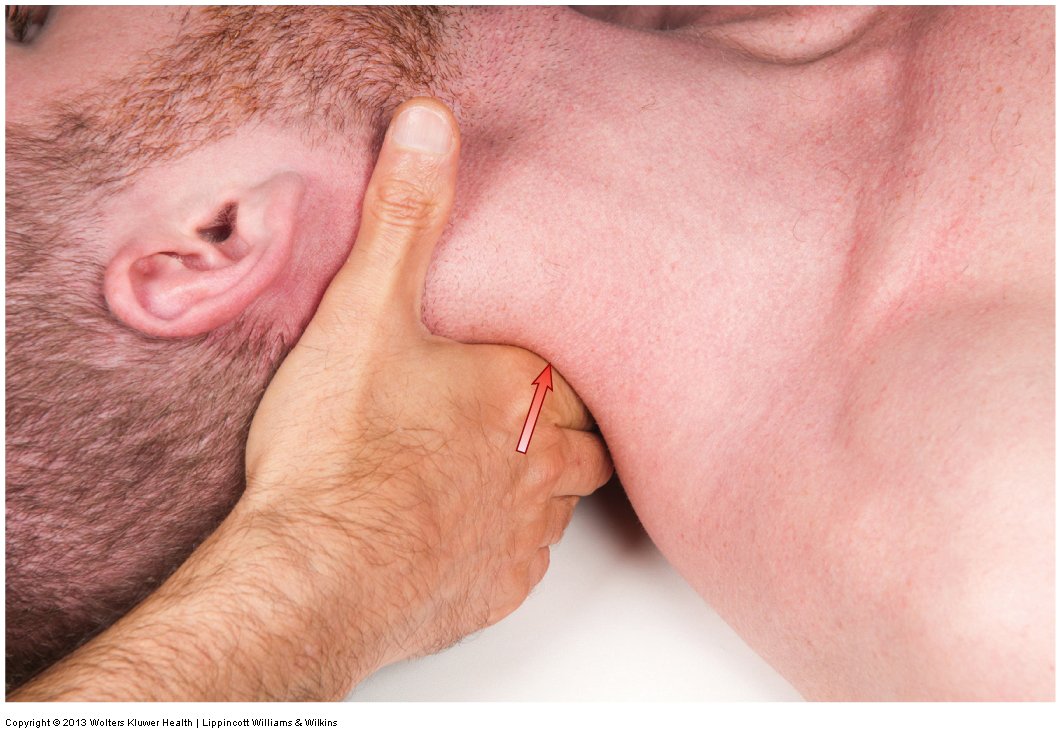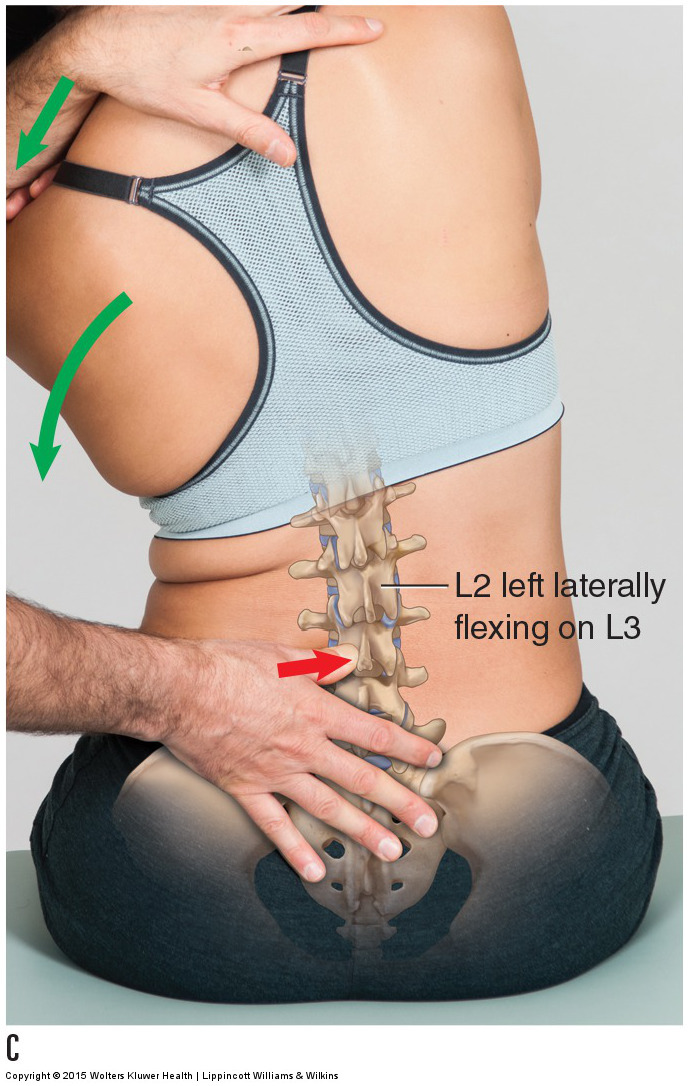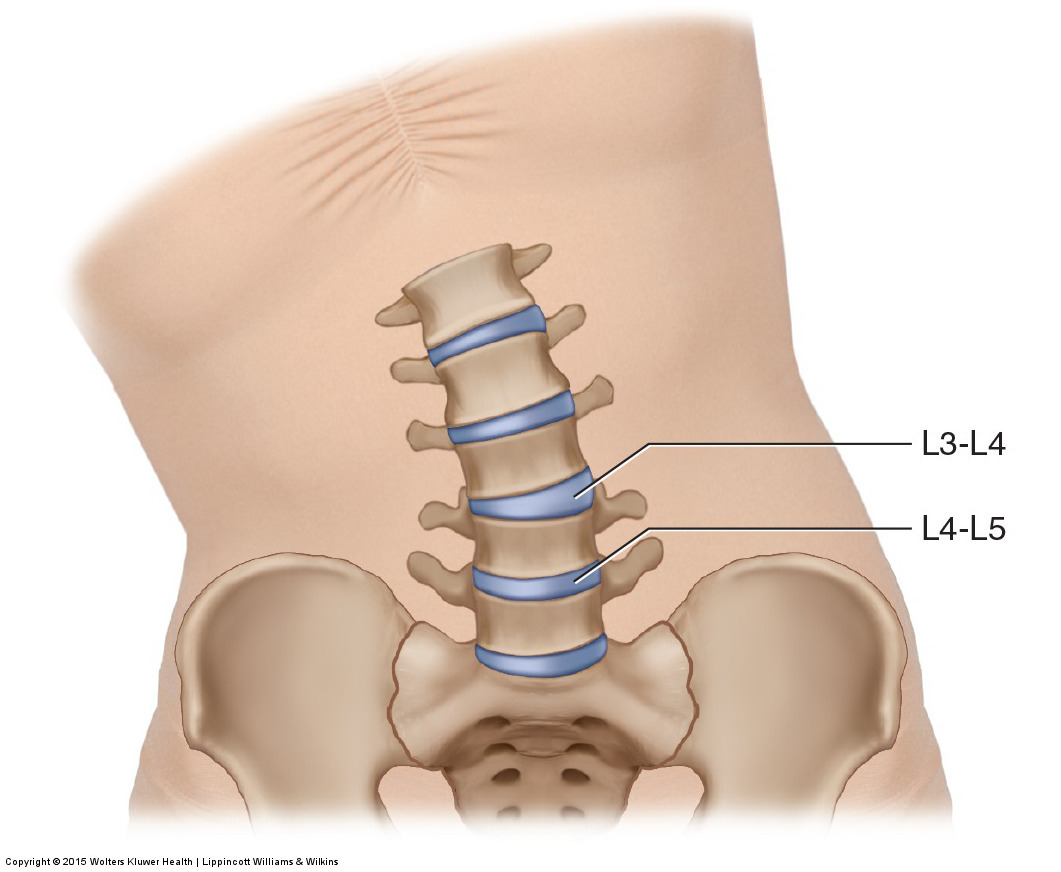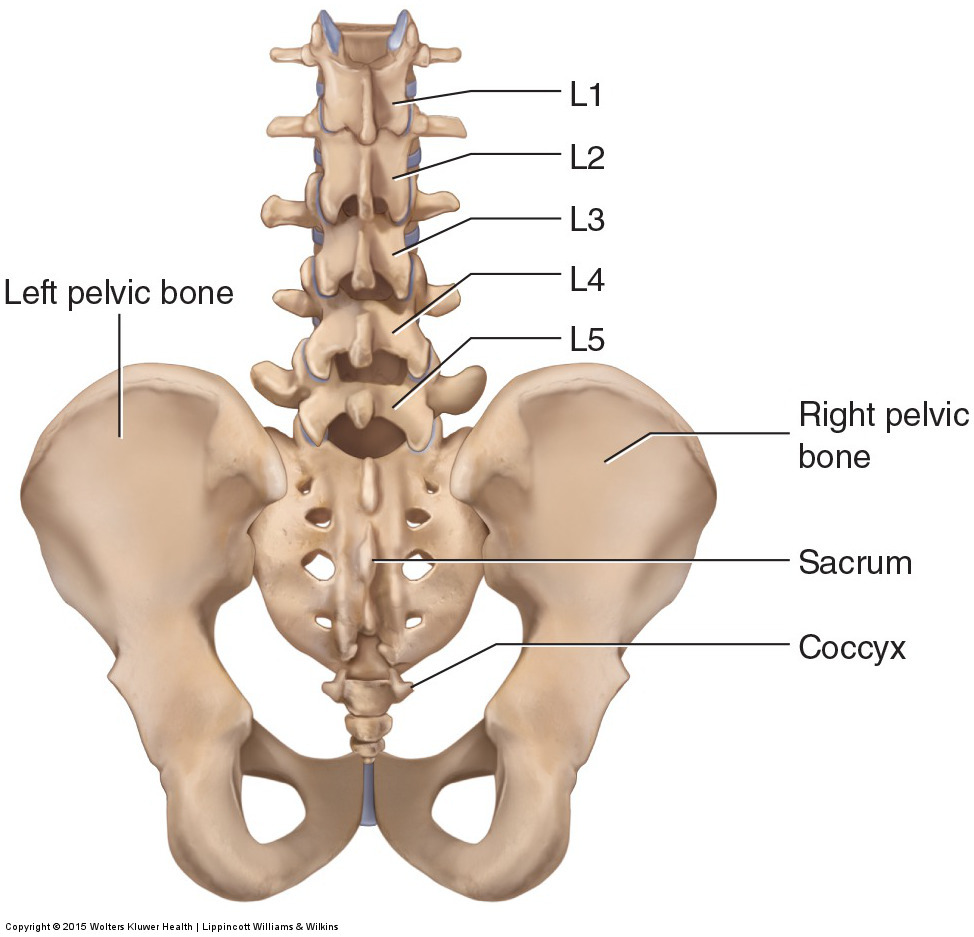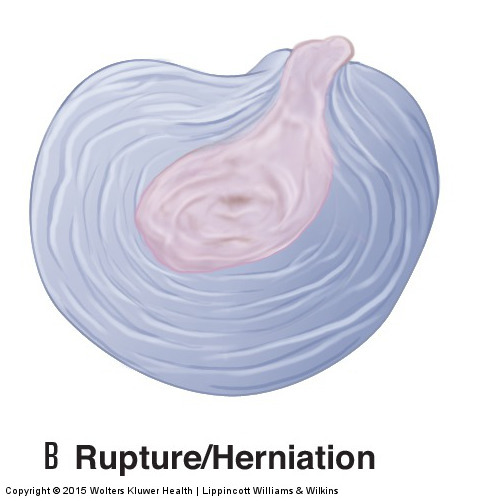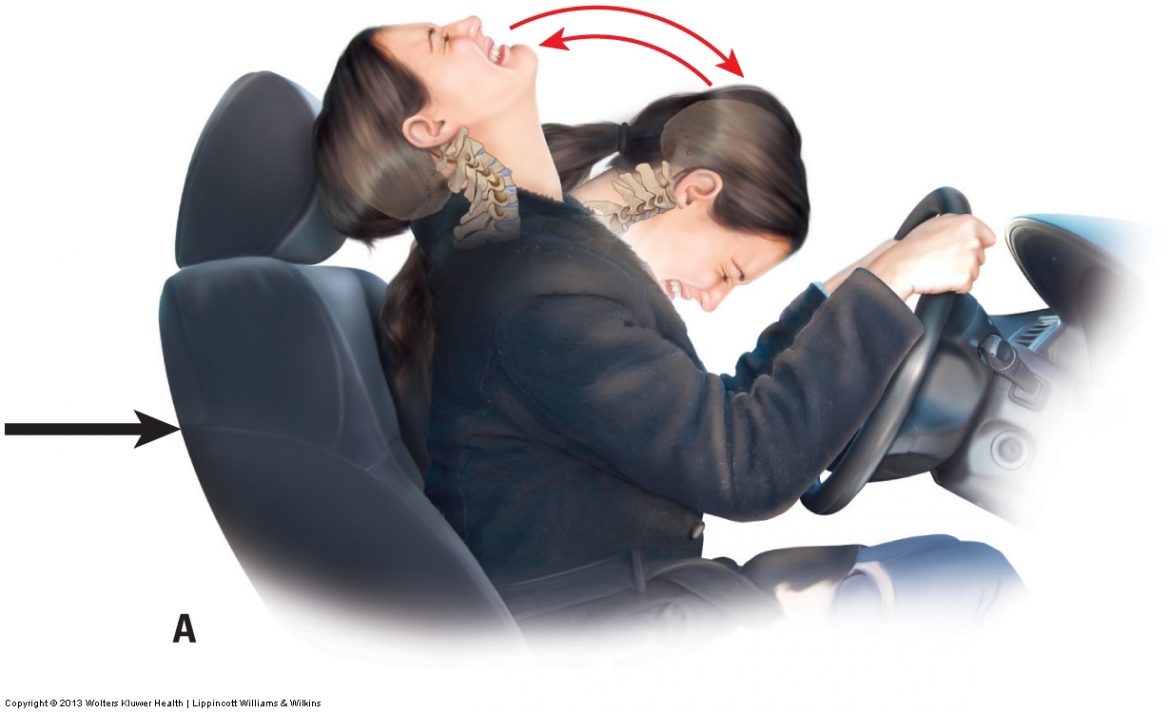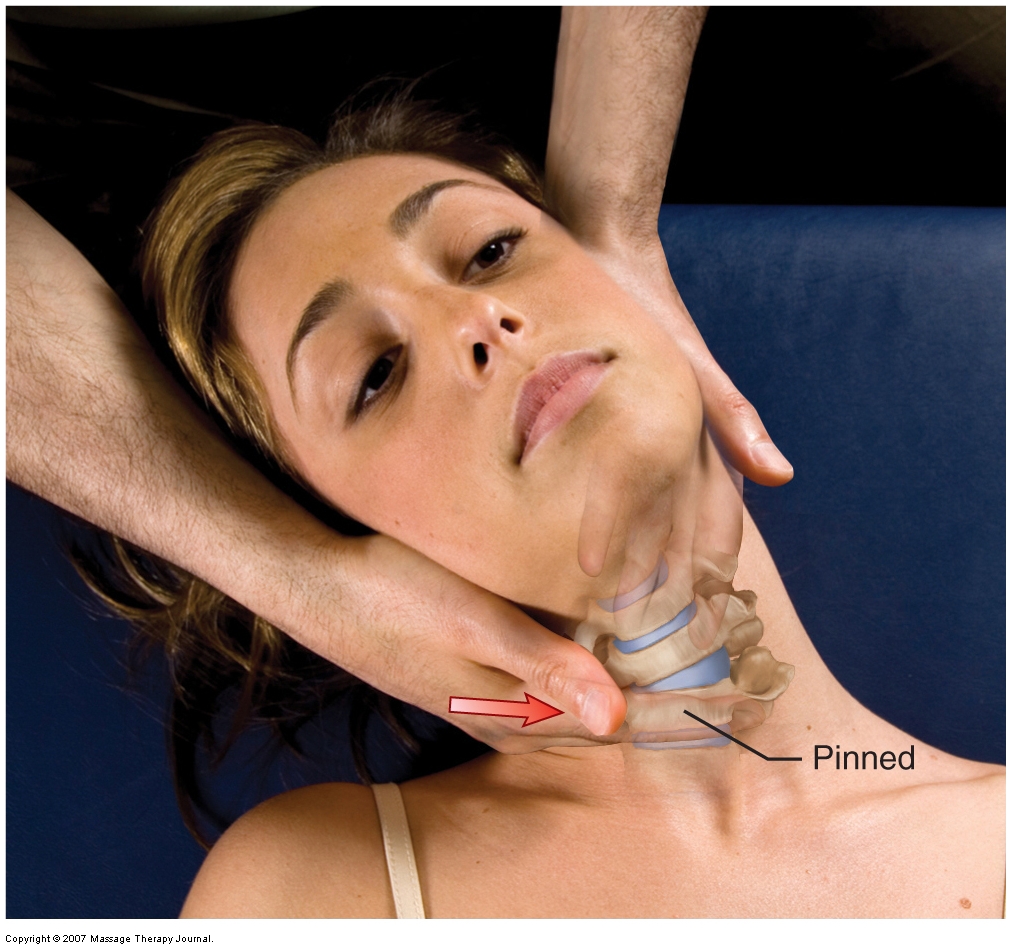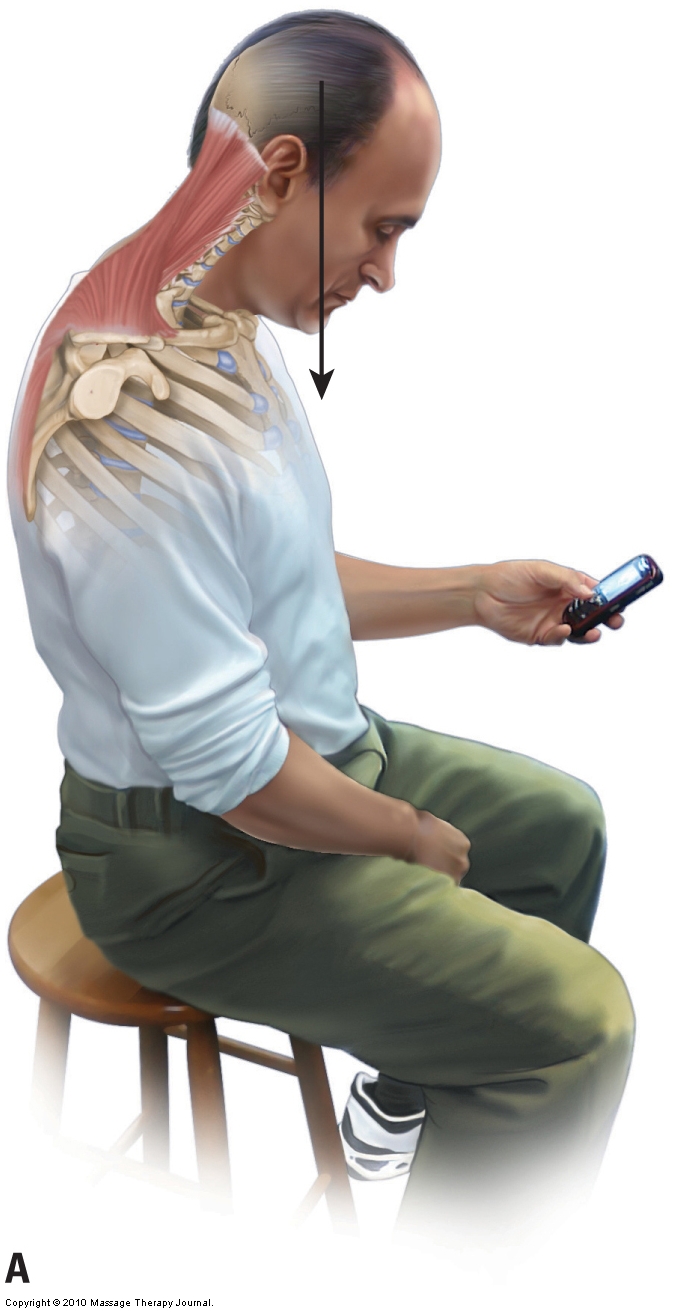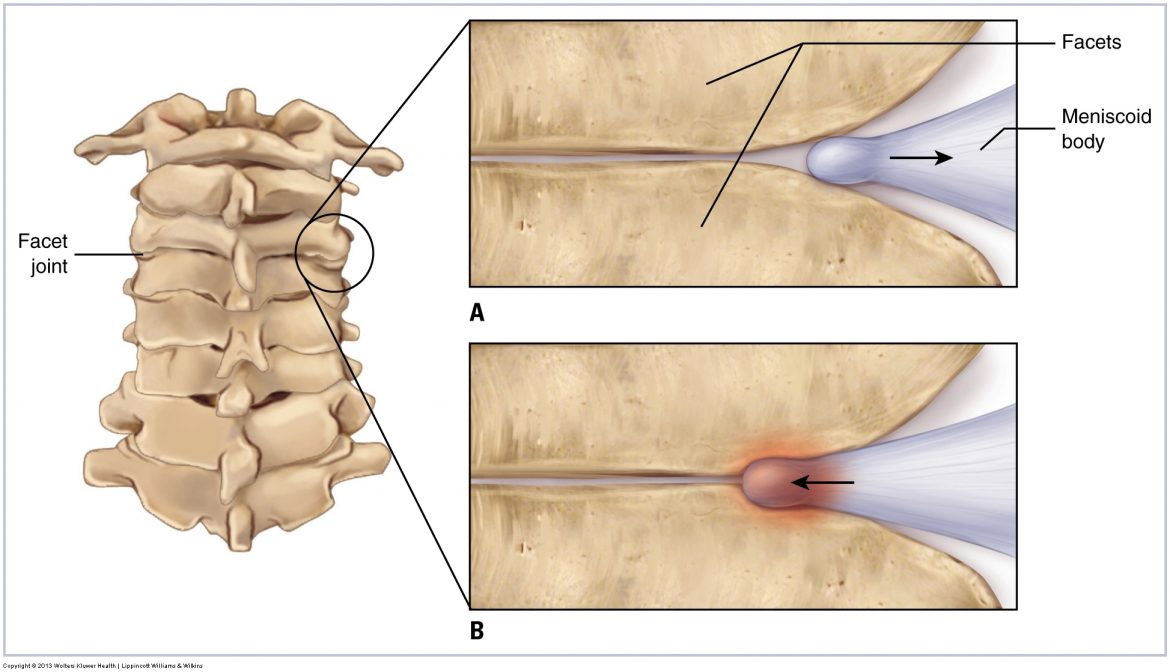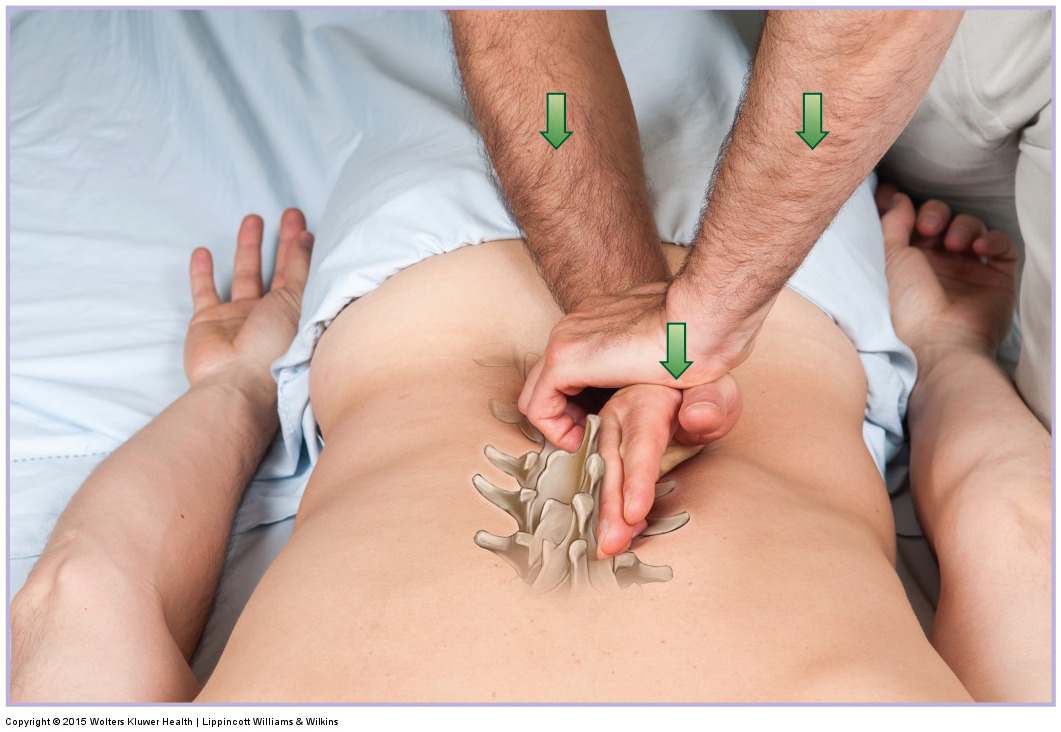The coccygeus and levator ani are technically muscles of the pelvic floor, however, they are also muscles whose contraction forces cross the sacroiliac joint and therefore often tighten when a sacroiliac joint condition exists. The coccygeus attaches from the sacrum and coccyx to the ischial spine of the pelvic bone.
Five Muscles of Sacroiliac Stabilization – Part 1 – Piriformis
Even when the original reason for the sacroiliac stabilization is valid, often the human body overdoes it and tightens the musculature excessively and/or keeps it tight long after it needs to be, so the musculature becomes stuck in a chronic pattern of hypertonicity.
Frictionless Theory and Mobilization of Underlying Bones
The application of this study is enormous. Many manual therapy professions employ joint mobilization techniques, either Grade IV and/or Grade V.
How do we treat spinal joint dysfunction with manual therapy?
Joint mobilization treatment (Grade IV or V) is the most effective treatment technique to remedy a spinal joint dysfunction hypomobility once it is present.
Signs, Symptoms, and Assessment of Spinal Joint Dysfunction
Assessment/diagnosis of spinal joint dysfunction, whether it is a hypomobility or a hypermobility, is done via motion palpation.
What are the causes of spinal joint dysfunction?
The primary causes of spinal joint hypomobility can be divided into three types: taut soft tissue, bony obstruction, and jammed meniscoid body.
What is spinal joint dysfunction?
Joint dysfunction literally means “bad motion.” There are two types: too little motion termed a hypomobility; and too much motion termed a hypermobility.
Brief Review of Assessment and Treatment of Low Back Conditions
The following is a brief overview that links the low back condition with its corresponding assessment procedure and its corresponding treatment.
Lumbar Spine Joint Dysfunction
The two most common causes of a hypomobile joint dysfunction are tight muscles, especially smaller, deeper intrinsic muscles, and fibrous adhesions.
Assessment and Treatment of Specific Musculoskeletal Conditions of the Neck
This blog post introduces and explains how the manual therapist can perform assessment and treatment for specific musculoskeletal conditions of the neck.
Motion Palpation (Joint Play) Assessment of the Neck
Motion palpation is a specific form of passive (pin and stretch technique) assessment that challenges the intrinsic fascial tissue of the joint.
Tension Headaches
A tension headache is caused by excessive pulling force of tight muscles in the back of the neck that exert tension on their attachments on the head.
Joint Dysfunction of the Cervical Spine
A joint functions to allow motion, so two forms of joint dysfunction exist: Hypomobile joint has restricted motion; Hypermobile joint has excessive motion.
Manual Therapy Certification for Chiropractors
What is most important in any Manual Therapy Certification program is marrying together the underlying science with the hands-on manual therapy skills.
What is Joint Mobilization?
Grades IV and V joint mobilization are essentially pin and stretch technique.
Bone “A” is pinned and then Bone “B” is moved relative to Bone “A.”

